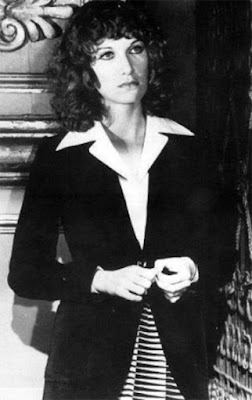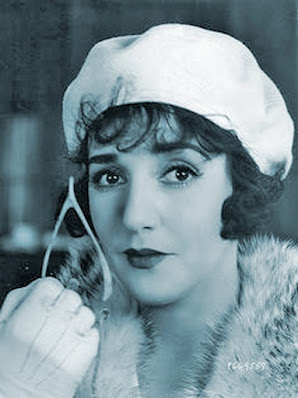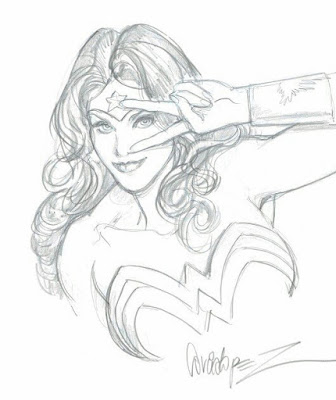Guilty Hands (1931)Starring: Lionel Barrymore, Kay Francis, Madge Evans, Alan Mowbray, William Blakewell, and C. Aubrey Smith
Director: W.S. Van Dyke and Lionel Barrymore
Rating: Seven of Ten Stars
Richard Grant (Barrymore), a former district attorney now in private law practice, conceives and commits the perfect murder to protect his naïve daughter (Evans) from a long-time client who is a sociopathic monster (Mowbray).
"Guilty Hands" is one of those films that turns the standard tropes of detective stories upside down. Not only do we know who committed the murder and why, but the authority figure directing the investigation is also the murderer and all he's doing is shoring up the idea that his staged suicide WAS suicide and that there is no other explanation that his victim killed himself.
The tension in the plot arises from the viewers wanting Grant to get away with his crime, because the man he murdered was a piece of garbage that needed to be taken out, but also from the knowledge that Grant is a killer and he shouldn't be allowed to get away with it. There's also the minor mystery as to how Grant managed to make it appear as if he was in his rooms even as he was committing murder... a question that the one character who suspects the truth--the victim's long-time lover Marjorie (Kay Francis)--sets out to answer, even as Grant is convincing everyone, including the police, that his version of events is the only possible explanation. The stakes are upped when Marjorie finds the evidence she is looking for, but will it be enough to overcome Grant's expertly staged "suicide" and the high regard he is held in? (There are a couple other twists that keep the tension growing as the film unfolds--and the ultimate conclusion remains in doubt until, literally, the film's final moment.)
From the mysterious, somewhat disorienting opening shot and dialogue through the dramatic climax "Guilty Hands" moves along at such a rapid clip that it's 69-minute runtime feels much shorter; there isn't a second wasted on things that don't either establish characters and/or drive the narrative forward. Although this is without question Lionel Barrymore and Kay Francis's movie--they have the best scenes and lines, and when they're playing off each other, they give us the film's most dramatic moments--but the rest of the cast is also perfect in their parts.
Madge Evans, as the young lady who is about to make the biggest mistake of her life, is so charming and likable; and Alan Mowbray, as the truly awful man who uses and disposes of women as casually as he does paper napkins, is so smarmy and downright obnoxious both give such excellent performances that the audience accepts Grant's notion that some murders are not only morally justifiable but necessary. Evans and Mowbray may not be the stars, but they provide the fuel for Barrymore and Francis's explosive performances and thus are every bit as important to the film's overall greatness. (Francis also has a scene with Mowbray that is among one of the film's highlights, where Francis and Mowbray act out a scene that solidifies just how vile a character the soon-to-be murder victim is.)

With all the praise I'm heaping on the actors and the story of this film, why is it only getting a Seven of Ten? Because for all the excellence here, there are some really baffling displays of technical incompetence d craftsmanship so inept that amateurs might have been embarrassed to have the work be seen by the public.
First, there are several instances of sloppy editing that causes minor continuity errors (like characters repeating the same actions twice in row), and moments of actors standing still and waiting for someone to shout "Actions!" or starting to relax after "Cut!" has been exclaimed. Second, and far worse, is the laughably bad sound design. I realize sound was new, but the frequently recurring sounds of thunder in this film sound like something you might expect to hear in a community theatre, but which is completely laughable in a film featuring major stars that was made by a major studio. In fact, the thunder in this film is so bad that it couldn't have sound more phony if it was done on purpose. It would have completely undermined the second half of the movie if not for the excellent performances and tight script.
"Guilty Hands" is one of five films in the "Forbidden Hollywood Vol. 10" collection, and it is almost worth the price by itself.











































.jpg)
